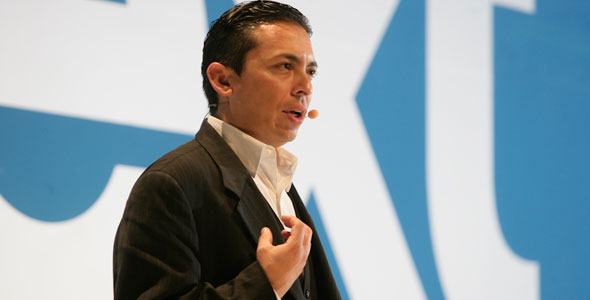In business, social media is becoming a lot like email. Every company has it. In an Altimeter Group survey of 700 executives and social strategists fielded in late 2012, we found that 100 percent of participating enterprise organizations run to varying extents an active social media strategy. But unlike email, organizations haven’t mastered how to effectively communicate through the likes of Facebook or the tweets of Twitter.

Over the last several years, businesses have increased the pace of adopting social media strategies for use in marketing, service and other related capacities. What’s becoming very clear however is that adopting social media and understanding its impact on customer and employee relationships and also the bottom line are not always linked. This disconnect between social media strategies and business value is forcing many executives to rethink their overall approach and the infrastructure they built to support it. The result of this reflective process is motivating organizations to transform everyday social media initiatives into deeper social business strategies.
Charlene Li and I spent the better of the last year studying how organizations approach social media and how planning, processes, and outcomes mature over time. Our findings are significant and are included in our newly released report, “The Evolution of Social Business Six Stages of Social Media Transformation.”
The results of our work were surprising to say the least. We uncovered a notable gap between organizations that executive social media programs and campaigns and those that specifically invest in social business strategies. Altimeter defines the evolution to a Social Business as the deep integration of social media and social methodologies into the organization to drive business impact.
On one side the chasm, there are businesses (or departments) that are actively investing in social media without intentions or outcomes being tied to business goals. On the other side are organizations that are deeply integrating social media and social methodologies throughout the company to drive tangible business impact.
In fact, we found that only 34% of businesses felt that their social strategy was connected to business outcomes and just 28% felt that they had a holistic approach to social media, where lines of business and business functions work together under a common vision. A mere 12% were confident they had a plan that looked beyond the next year. And, perhaps most astonishing was that only one half of companies surveyed said that top executives were “informed, engaged and aligned with their companies’ social strategy.”
But there’s hope. Charlene and I learned that the two most important criteria for a successful social business strategy are that it is 1) clearly aligned with strategic business goals of an organization, and 2) has organizational alignment and support that enables execution of that strategy. What separates them are six distinct stages that we believe most organizations have or will traverse as they mature.
Six Stages of Social Media Transformation
The six stages include:
Stage 1: Planning – “Listen to Learn”
The goal of this first stage is to ensure that there is a strong foundation for strategy development, organizational alignment, resource development, and execution. Key tenets of this stage include listening to customers to learn about their social behavior; using pilot projects to prioritize social efforts; and using audits to assess internal readiness.
© YFS Magazine. All Rights Reserved. Copying prohibited. All material is protected by U.S. and international copyright laws. Unauthorized reproduction or distribution of this material is prohibited. Sharing of this material under Attribution-NonCommercial-NoDerivatives 4.0 International terms, listed here, is permitted.

Brian Solis is the Principal at Altimeter Group, a research-based think tank focused on disruptive technology. A digital analyst, sociologist, and futurist, Solis has studied and influenced the effects of emerging technology on business, marketing, and culture. Solis, a published author in new media, is globally recognized as a prominent thought leader on subjects ranging from connected consumerism and the emergence of Generation-C to businesses-to-market, sell and service in the social web. Connect with Brian on Twitter at @briansolis.
Show More






